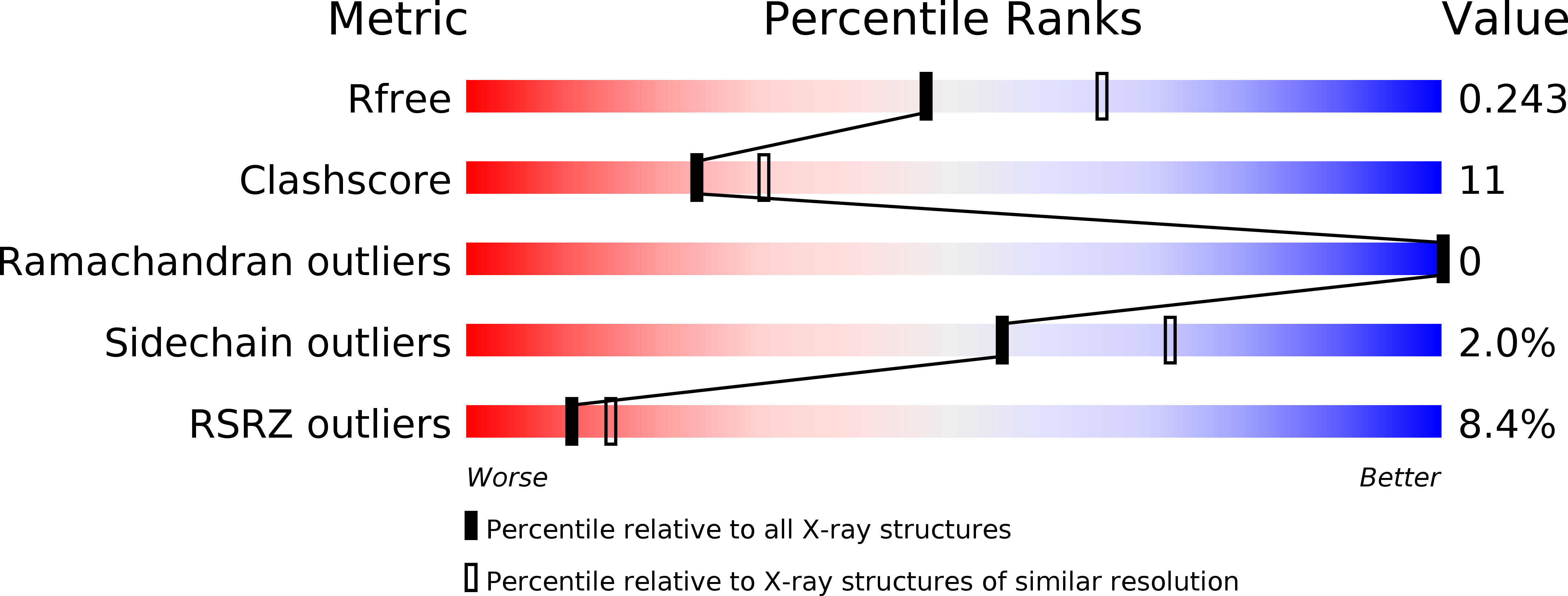
Deposition Date
2012-02-28
Release Date
2012-03-14
Last Version Date
2023-10-18
Entry Detail
PDB ID:
3VP7
Keywords:
Title:
Crystal structure of the beta-alpha repeated, autophagy-specific (BARA) domain of Vps30/Atg6
Biological Source:
Source Organism:
Saccharomyces cerevisiae (Taxon ID: 559292)
Host Organism:
Method Details:
Experimental Method:
Resolution:
2.30 Å
R-Value Free:
0.24
R-Value Work:
0.20
R-Value Observed:
0.20
Space Group:
P 41 21 2


